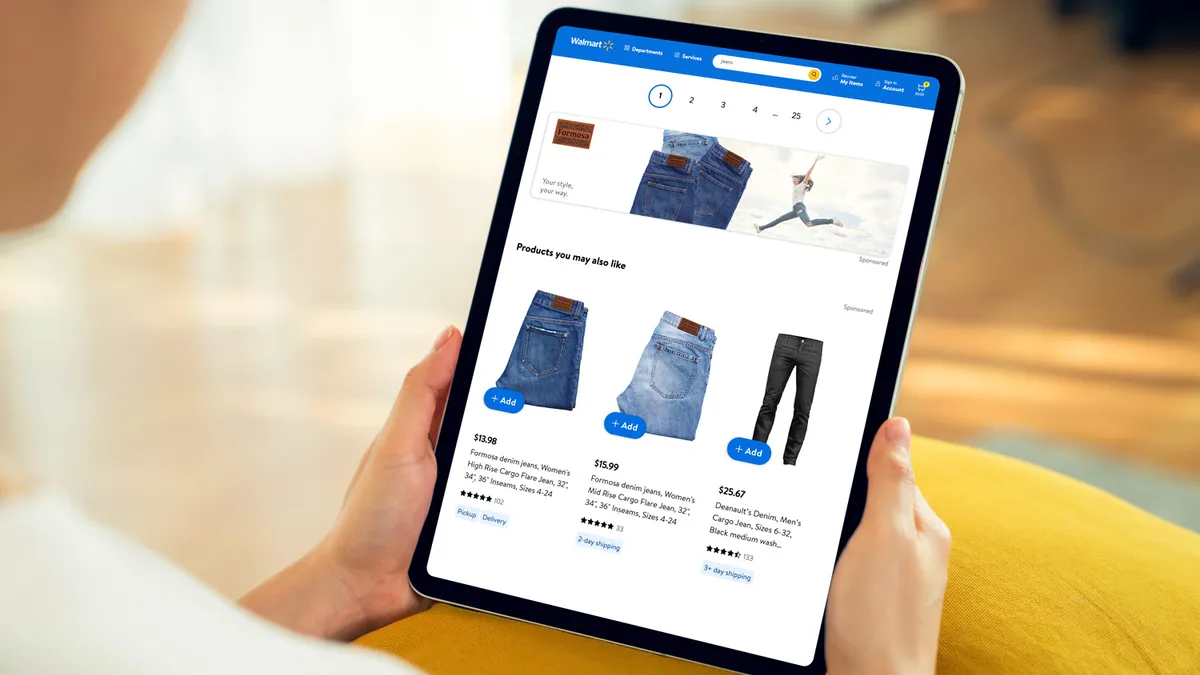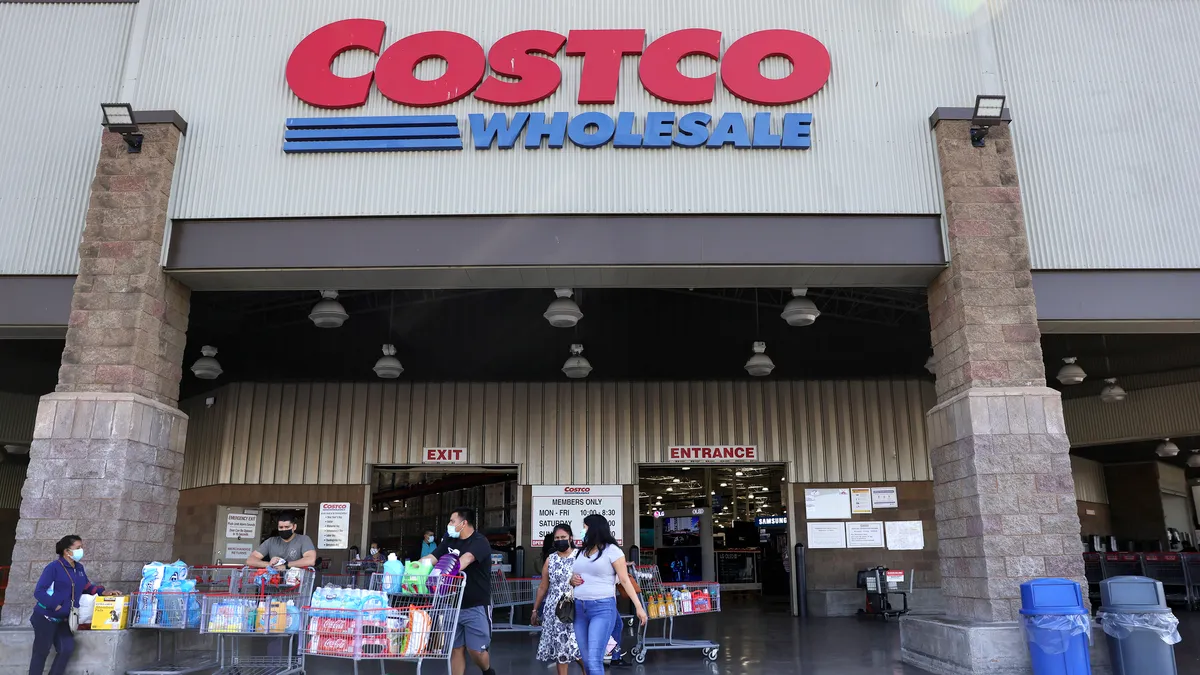Walmart, the biggest U.S. retail chain, is increasingly eager to offer its customers instant payment options as it seeks to speed up services and keep costs low.
The Bentonville, Arkansas-based retailer has also long been intent on finding ways to avoid interchange fees incurred every time a customer uses a credit or debit card. Last September, Walmart said it would begin offering customers a pay-by-bank option to avoid those fees, ultimately with a real-time option.
While the retailer said last year that the instant option might be available this year, it could take longer, based on comments from a Walmart executive this week at Nacha’s Smarter Faster Payments conference in New Orleans.
“We're really bullish on instant payments and hoping to move forward with them within the next year,” Sarah Arnio, Walmart’s director of digital payments, said Wednesday during a panel discussion focused on real-time payments.
Real-time payments have been around since 2017 thanks to The Clearing House starting the RTP network that year, but only some banks have adopted the new tool, and those that have signed up have had tepid uptake in the marketplace. The launch in 2023 of the Federal Reserve’s competing instant system, FedNow, has boosted adoption by banks, but real world use remains limited.
Walmart faces real-time roadblocks
Walmart last year gave customers the option to sign up on its website to be able to pay directly from a bank account, moving those payments via low-cost, automated clearing house transfers, also known as ACH payments.
But ACH is a “stepping stone” to faster instant payments, Arnio told the payments, banking and fintech professionals attending the conference. “We at Walmart really have a drive internally to speed up everything,” she said.
Walmart is seeking to speed up checkout and processing of online orders, she explained. Recently, it also set a goal of delivering groceries to 95% of customers within three hours by the end of the year, she added.
For now, though, real-time payment obstacles remain. For instance, RTP doesn’t support e-commerce payments and while FedNow does, its process includes unwanted friction, Arnio said.
“We have the foundation to get there, but there's still kind of, obviously, a few roadblocks or hurdles that we have to overcome,” she said.
Walmart isn’t the only retailer embracing instant payments. “The momentum is here – it’s growing,” she said. “We're definitely at a tipping point where this is only going to grow even further.
While the lack of bank interest had been a hurdle in the past, she predicts retailers will plow through it. “We're going down the path of instant payments, whether we have all the financial institutions or not,” she predicted.
The big bank owners of The Clearing House have signed up for RTP, but their smaller rivals have been more reluctant. Although FedNow appeals more to community and regional banks, it still has onboarded only about 1,300 of the country’s 9,100 financial institutions.
Walmart customers seek payment ‘visibility’
Walmart customers, who tend to use debit cards over credit cards, are conscious of transparency with respect to their spending so real-time payments could be a positive for them, Arnio explained. “They want visibility into their account,” she said.
They also want to receive refunds fast. The most common customer call to the retailer’s call centers is about when a refund is coming, Arnio said. “Having that real-time refund in their account, that is going to be a game-changer for these customers, and so I think that is going to drive a lot of adoption,” she said.
In terms of Walmart’s payments to suppliers or other businesses, real-time payments has been a bit of a tough sell when Arnio occasionally asks her treasury colleagues if they’ve considered using RTP or FedNow, she said. That’s because they’re more familiar with the low-cost ACH option, but also because bankers don’t highlight the real-time alternative, she said.
“They're not hearing about it from their banking relationship partners,” Arnio said. “It's just not something that's being pushed from the bank side, so that's where I think there's a bit of a disconnect.”
Faster fraud?
Another panelist, Michael Thomas, who is U.S. Bank’s head of instant payments, noted that some companies seem apprehensive about faster payments enabling faster fraud, but he contended that isn’t the case so far.
“There's really low rates of fraud,” said Thomas, noting that is somewhat related to the limited use cases so far. “We have a lot of education still to do.”
More than fearing fraud, companies should fear missing out on the phenomenon, because real-time payments will become a competitive advantage, Thomas said. Eventually, they’ll also be useful for cross-border transactions too, he added.
But companies and banks have yet to make the investments in technology and processes that are needed to build the real-time payments realm.
Specifically, financial institutions must sign up to send payments because many are equipped only to receive payments, said another panelist, U.S. Faster Payments Council Executive Director Reed Luhtanen.
“You have to be figuring out what’s your pathway to get to send, because that’s where you really unlock a lot of this value,” Luhtanen told the conference attendees.
























